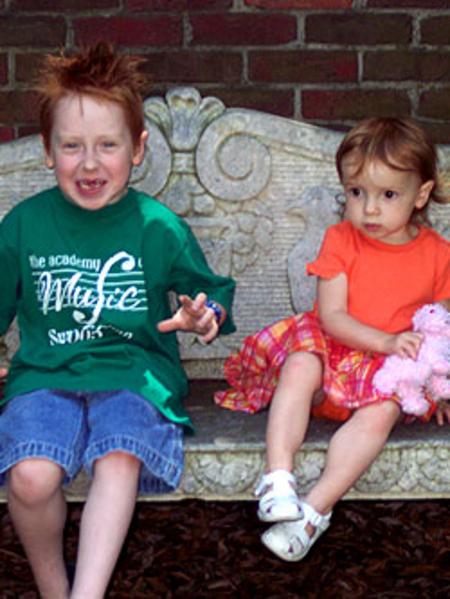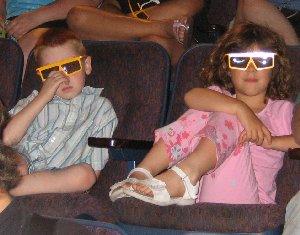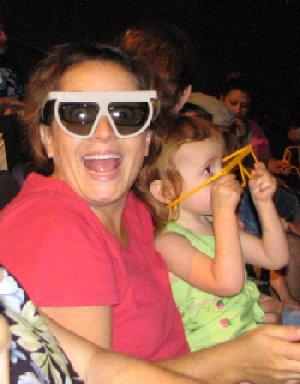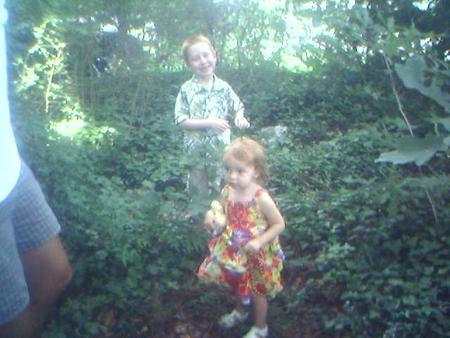Okay, it's not like Masterpieces from an English Country House: The Fitzwilliam Collection is going to change your life or rearrange your laundry room or open your eyes to the world of... giant books about birds, for example. But it is an interesting an eclectic exhibit, and something my children found enjoyable. The collection displays some interesting artifacts from the a stately home in England, collected over a family's long history.
The exhibit is divided into sections based on the centuries. The first room introduces you to the house with photographs of the exterior and interior. Then there are the portraits. Look for the Anthony Van Dyck portrait of Thomas Wentworth and his very cool dog. If you go to the link above, you can show your child a picture of this portrait before you go. The next room features work by George Stubbs. Check out this link for lots of pictures of his paintings. His style of drawing horses has been copied often, but not so much his penchant for painting them being attacked by wild animals. Interesting man, that Stubbs.
 The next room is mostly about enoooormous books: Audobon's _Birds of America_. They can't turn the pages, but the kids will likely be impressed by the scale of these massive volumes.
The next room is mostly about enoooormous books: Audobon's _Birds of America_. They can't turn the pages, but the kids will likely be impressed by the scale of these massive volumes. Then there's some religious art, including a triptych that Benny really loved, and some other more recent family acquisitions. Don't miss the black and white photograph of everyone out in front of the house with the King of England, on your way out. I guess when the King comes over, you want to snap a few shots before he toddles off.
How to make this exhibit interesting to kids? A little preparation will help. When we're going to see something new, I like to make a little "treasure hunt" for Benny to use to seek out things I want him to notice. Then when we're in the exhibit, *he* can point things out to *me*, which is much more exciting and satisfying than the other way around. This works for lots of different experiences, from ballet to boat trips. It also helps to learn a bit about the artists ahead of time, like Van Dyck and George Stubbs for example. Or Audobon.
Here are a few lesson ideas for after the trip:
1. Create HUUUUGE books with wrapping paper or butcher paper. Make a field guide to birds in your backyard, or another type of animal entirely. Why would someone want to make a huge book?
2. Take a digital camera and photograph your house's exterior and interior as if you're illustrating a magazine spread. What elements do you want to highlight or hide? (Hide my laundry room. Please.)
3. Create an art exhibit from items in your house. You can pull your art objects into one room, if you want, for display, or you can leave them where they are and make plaques to describe their origin and significance. You can highlight your own artwork, or artwork your family has purchased, or certain books you like. Create a tour guide pamphlet for visitors to your exhibit. Or make a Podcast, like the museum did for their "open house."
Have fun at the museum! Here are my kids in the garden outside after their trip:




